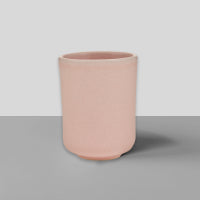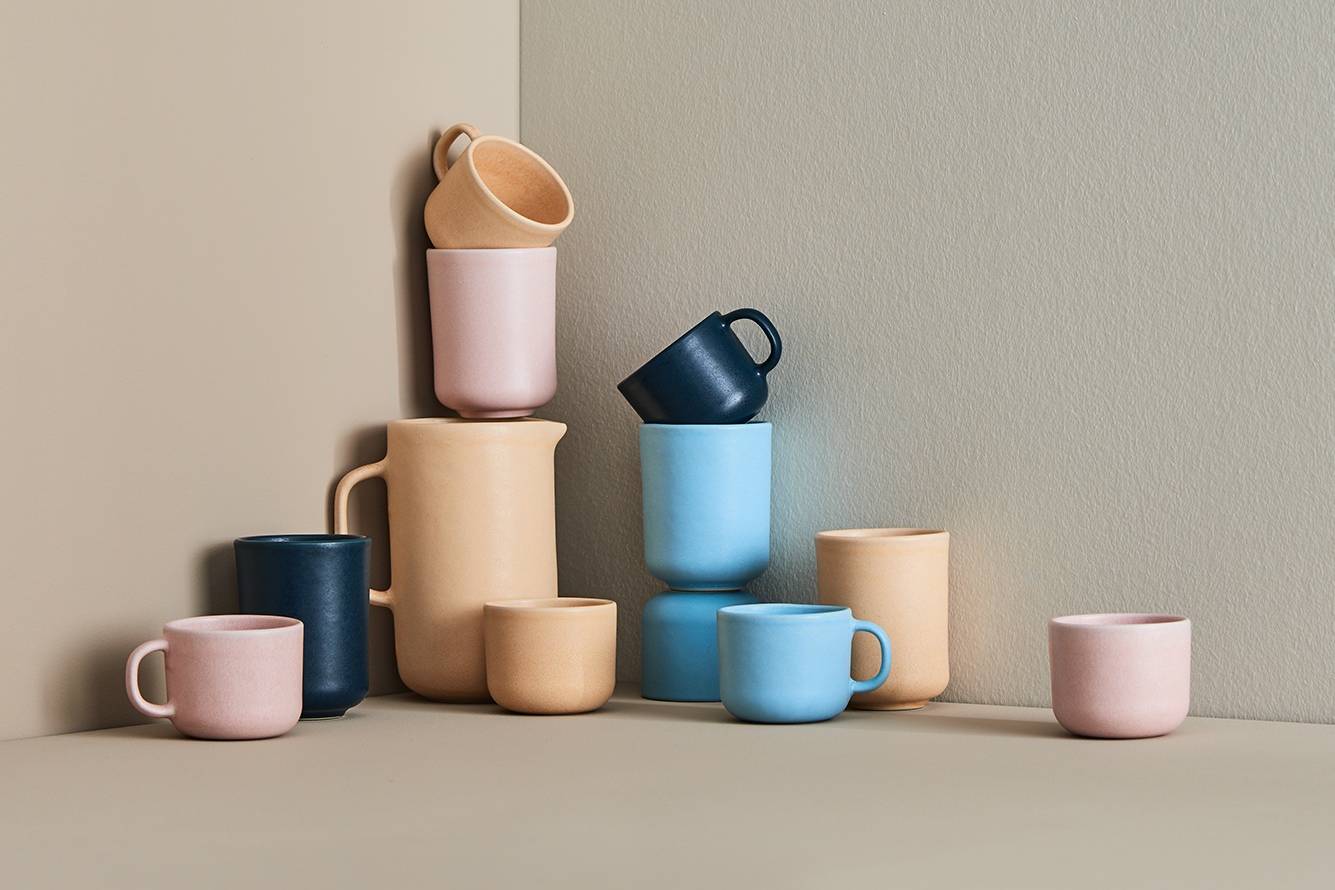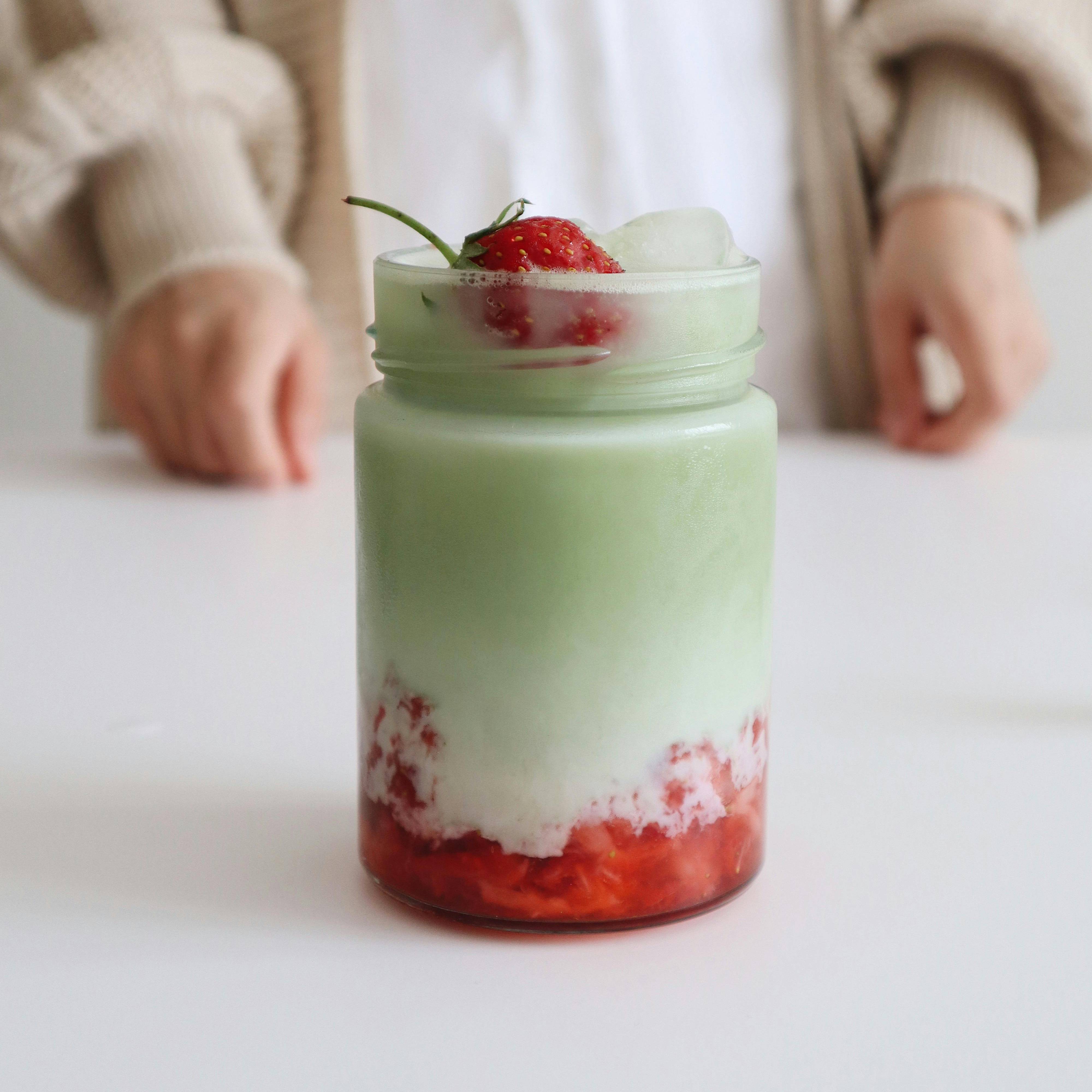Description
A classic samovar is typically constructed from metals such as brass, copper, or stainless steel and features a cylindrical shape. At its center, a vertical pipe distributes heat evenly. Traditionally, this heating system was powered by coal or wood, but modern versions often use electric heating elements instead.
On top of the samovar sits a small teapot (tschainik) filled with concentrated tea (sawarka), typically black tea. The strong tea is poured into a cup and diluted with hot water from the samovar. This method of preparation is synonymous with sociability and hospitality, as it allows for serving large quantities of tea to multiple people simultaneously. Moreover, each person can adjust the strength of their tea according to their personal preference.
Historical Background
The samovar has a long history deeply rooted in Russian culture. Its exact origins are hard to pin down, but it can be traced back to the 18th century. At that time, samovars were considered luxury items found mainly in affluent households. It's believed that the samovar was inspired by similar vessels from Asian cultures designed for tea preparation.
The samovar quickly became a symbol of national identity. Throughout the 19th and early 20th centuries, a samovar was a central fixture in every Russian home, equally valued in humble peasant cottages and the grand villas of the nobility. During the Soviet era, the samovar was industrialized and produced in simpler designs to make it accessible to the masses.
Interesting Facts
- The use of samovars is not limited to tea; they can also be used to prepare other hot beverages such as coffee or herbal teas. Modern samovars are often multifunctional and can even keep soups or mulled wine warm.
- Some historic samovars were elaborately crafted with gold plating or floral patterns, serving as status symbols and often given as wedding dowries.
- In literature and art, the samovar is regarded as a symbol of domestic coziness and the Russian spirit.
- The city of Tula, located about 200 kilometers south of Moscow, is regarded as the cradle of the classic samovar. Skilled artisans in Tula perfected the craft of samovar-making, and the city became a byword for quality and elegance.
























